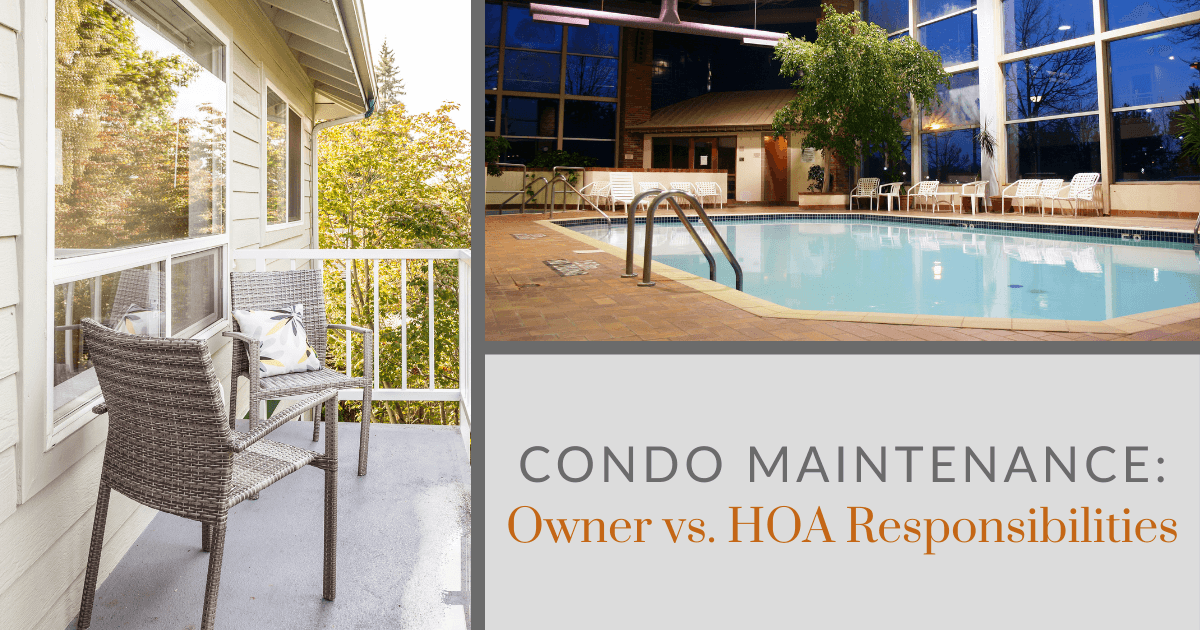Just How HOA Condo Living Enhances Neighborhood Engagement
Just How HOA Condo Living Enhances Neighborhood Engagement
Blog Article
The Function of an HOA in Developing and Enforcing Neighborhood Standards for Residents
The duty of a Homeowners Organization (HOA) in developing and imposing community guidelines is fundamental to keeping a natural and organized domestic environment - hoa condo. By creating clear regulations that regulate facets such as property maintenance and area conduct, the HOA not just sets criteria for homeowners but additionally cultivates a sense of belonging and accountability. Nonetheless, the execution of these standards can provide different challenges, raising questions regarding justness, area, and communication engagement. As we explore these complexities, it becomes evident that the effect of an HOA extends much past plain regulation enforcement.
Comprehending Homeowners Associations
Homeowners associations (HOAs) act as controling bodies for household areas, playing a vital function in preserving residential property worths and cultivating a sense of community. Commonly developed by designers, HOAs are made up of house owners within a designated area that elect a board to oversee the organization's tasks. The main functions of an HOA consist of enforcing neighborhood rules, handling common locations, and arranging community events.
HOAs run under a collection of governing records, consisting of conditions, limitations, and covenants (CC&R s), which describe the legal rights and responsibilities of house owners. These policies aim to make certain that buildings are kept to a certain criterion, consequently protecting the visual appeal and overall value of the community. Additionally, HOAs commonly accumulate fees from home owners to fund maintenance, landscape design, and other neighborhood solutions.
The existence of an HOA can dramatically affect the living experience within a neighborhood (hoa condo). While some homeowners value the structured setting and amenities provided, others may locate specific guidelines restrictive. Balancing the passions of all property owners is important for an HOA to work effectively, making certain that it serves its desired objective of enhancing neighborhood living while respecting individual property owner civil liberties
Establishing Community Standards

To start, an HOA must perform surveys or convene that permit citizens to voice their problems and ideas. This participatory procedure promotes a feeling of ownership and increases conformity. Next, the HOA board have to examine the comments to determine usual motifs and top priorities that call for official incorporation in the standards.
It is also necessary to make sure that the guidelines are clear, succinct, and quickly recognized. Uncertainties can result in conflicts and misunderstandings, weakening the function of the standards. Moreover, the standards must be comprehensive, covering different elements of area living, including residential or commercial property maintenance, sound levels, and use of typical locations.
Enforcement of Policies
Effective enforcement of area regulations is critical for keeping order and making sure that all locals adhere to the developed standards. An HOA needs to implement an organized method to impose these laws, which usually entails a mix of tracking, interaction, and fines for non-compliance.
First, normal examinations and neighborhood patrols can aid identify violations, making sure that guidelines are continually applied throughout the community. This proactive tracking enables the HOA to deal with concerns prior to they escalate, promoting a sense of liability among homeowners.
Second, clear interaction is vital. Homeowners must be notified of the guidelines and the treatments for reporting violations. An open line of communication motivates citizens to voice concerns and seek explanation on standards, which can improve compliance.

Lastly, when offenses happen, the HOA should impose effects as laid out in the regulating papers. By efficiently applying regulations, an HOA can cultivate an unified living environment that shows the cumulative values of its residents.
Benefits of HOA Rules
Many advantages develop from the implementation of HOA policies, which serve to boost the lifestyle within a community. One key advantage is the upkeep of residential property values. By enforcing criteria for appearances and maintenance, HOAs make certain that homes and common locations continue to be appealing, fostering a desirable living atmosphere that can cause enhanced residential or commercial property worths in time.
Furthermore, HOA guidelines promote uniformity and uniformity within the community. This coherence in style and maintenance helps to develop a feeling of belonging among homeowners, adding to neighborhood satisfaction and a positive atmosphere. Furthermore, developed standards facilitate dispute resolution amongst neighbors by offering clear assumptions and methods for behavior, consequently original site reducing conflicts.
An additional considerable advantage is the provision of shared services and services. Several HOAs manage area centers such as clubhouses, parks, and pools, which improve entertainment opportunities for homeowners. These facilities not only boost the top quality of life yet likewise encourage social interaction.
Ultimately, the guidelines established forth by an HOA cultivate a well-organized, harmonious area, making certain that citizens delight in a high requirement of living while promoting a helpful setting for all house have a peek at this site owners.
Typical Challenges Faced by HOAs
Among the benefits that home owners associations (HOAs) can offer, they additionally experience a selection of challenges that can impede their effectiveness. Lots of house owners might not get involved in conferences or community tasks, leading to a separate in between the HOA board and homeowners.
Disagreements can occur when citizens really feel that enforcement is irregular or biased, potentially leading to disputes within the community. Additionally, HOAs frequently encounter financial restrictions, which can limit their ability to keep typical areas or fund neighborhood projects.
In addition, navigating lawful complexities can be discouraging for HOAs. Progressing and transforming demographics neighborhood needs call for HOAs to adjust their guidelines, usually satisfying resistance from long-lasting locals who are accustomed to typical standards.
Conclusion

By formulating clear regulations that control facets such as property click over here upkeep and neighborhood conduct, the HOA not only sets criteria for residents however likewise cultivates a sense of belonging and accountability.Homeowners organizations (HOAs) offer as controling bodies for property neighborhoods, playing a critical function in maintaining property values and promoting a feeling of area. Lots of home owners may not get involved in meetings or neighborhood tasks, leading to a detach in between the HOA board and citizens. Changing demographics and advancing area needs require HOAs to adapt their standards, usually meeting resistance from long-standing homeowners that are accustomed to traditional standards. Via the development of clear policies and regular enforcement, HOAs promote residential or commercial property maintenance, neighborhood satisfaction, and trust among citizens.
Report this page